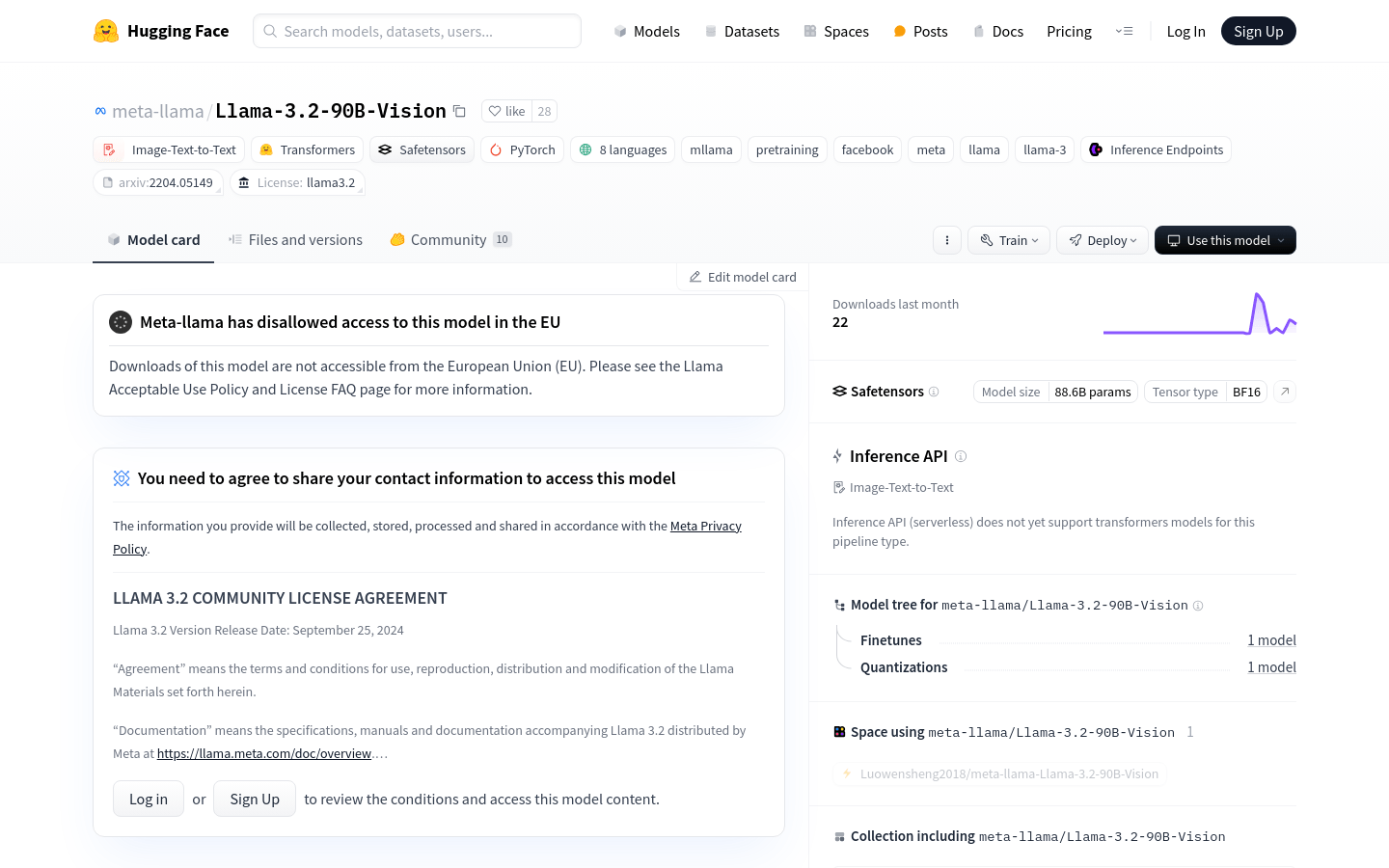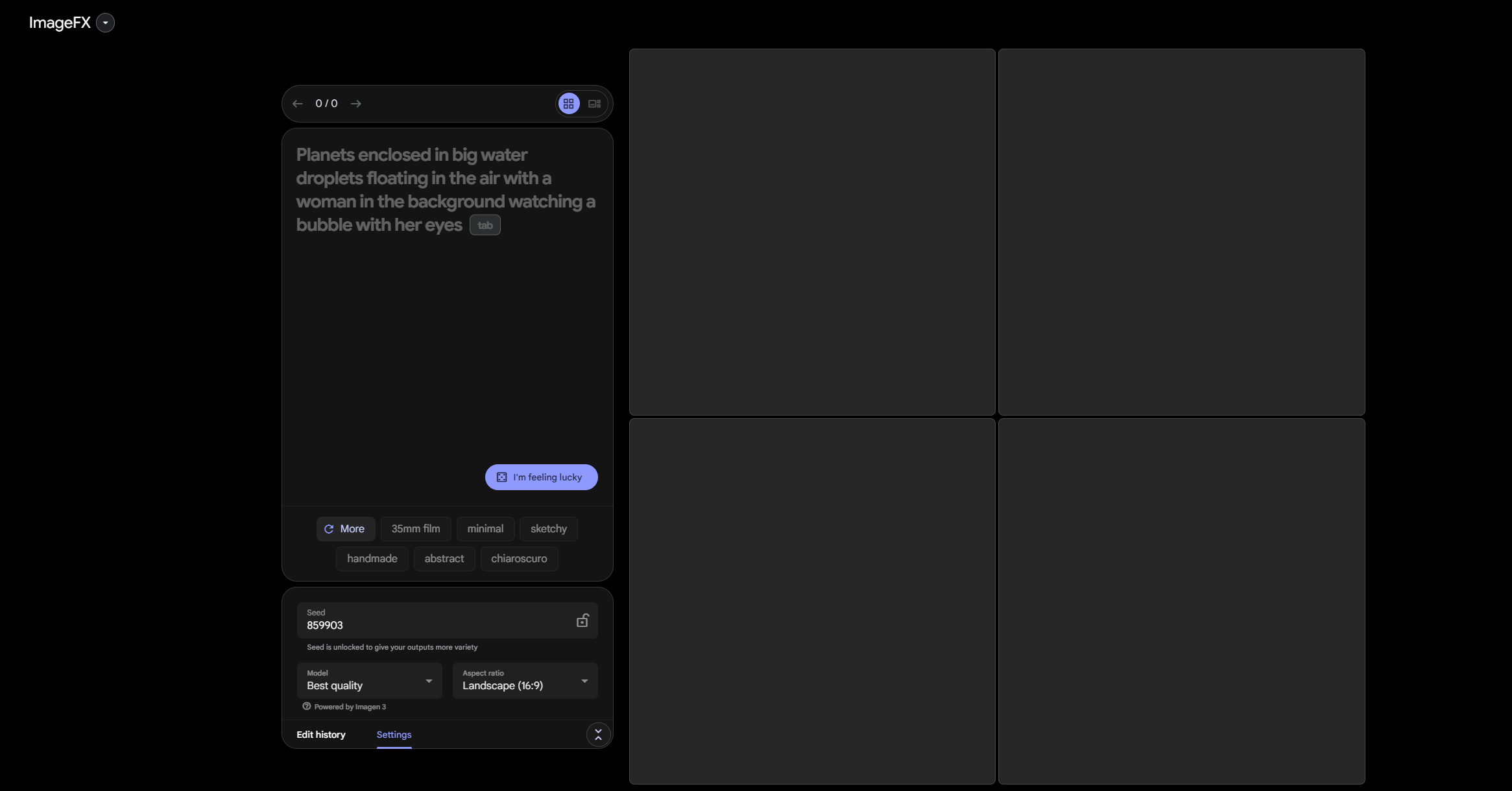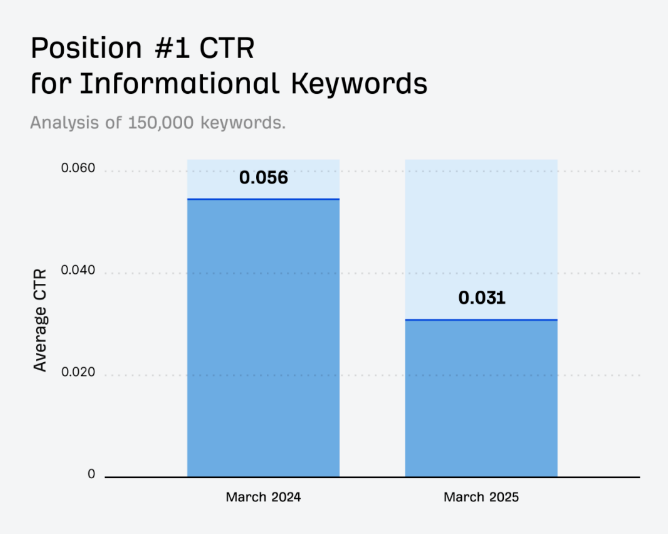
Llama-3.2-90B-Vision is a multi-modal large language model (LLM) released by Meta Company, focusing on visual recognition, image reasoning, picture description and answering general questions about pictures. The model outperforms many existing open source and closed multi-modal models on common industry benchmarks.
Demand group:
"The target audience includes researchers, developers, enterprise users, and individuals interested in the fields of artificial intelligence and machine learning. This model is suitable for advanced applications that require image processing and understanding, such as automatic content generation, image analysis, intelligent assistant development, etc. "
Example of usage scenario:
Use the model to generate descriptions for product images for e-commerce websites.
Integrated into smart assistants to provide image-based question and answer services.
Used in education to help students understand complex charts and diagrams.
Product features:
Visual recognition: Optimize models to recognize objects and scenes in images.
Image reasoning: Make logical inferences based on picture content and answer related questions.
Image description: Generate text describing the content of the image.
Assistant-style chat: Combine images and text for conversations, providing an assistant-like interactive experience.
Visual Question Answering (VQA): Understand the content of images and answer related questions.
Document Visual Questioning and Answering (DocVQA): Understand document layout and text, then answer related questions.
Image-text retrieval: Matching images with descriptive text.
Visual localization: Understanding how language refers to specific parts of an image enables AI models to locate objects or areas based on natural language descriptions.
Usage tutorial:
1. Install necessary libraries such as transformers and torch.
2. Load the Llama-3.2-90B-Vision model using the model identifier of Hugging Face.
3. Prepare input data, including images and text prompts.
4. Use the model's processor to process the input data.
5. Enter the processed data into the model and generate output.
6. Decode the model output and obtain text results.
7. Further process or display the results as needed.







